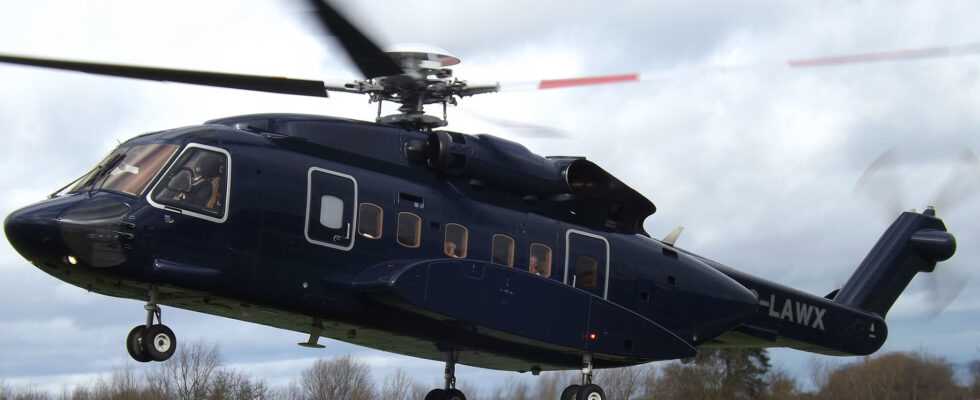The American company Rocket Lab has the idea of trying to recover a first stage rocket in full flight, with a helicopter. See you on April 19 to see the attempt.
We knew the rockets that return to Earth on their own after completing their mission. We will now witness the recovery of rockets in full flight by helicopters. This is indeed the atypical strategy that the American company Rocket Lab wants to test as soon as possible. An attempt is also set for April 19, 2022.
” For the first time, we will attempt to seize Electron’s first stage using a helicopter on our next mission. », writes the company in a tweet posted on April 6. This in-flight capture is part of the plan to develop a reusable rocket. And for this, it is necessary to recover the first stage of the launcher.
The helicopter that will be used for this mission is a Sikorsky S-92 aircraft, a model put into service from the mid-2000s. Built by the American company Sikorsky Aircraft Corporation, a subsidiary of Lockheed Martin, it is used in particular by the White House as “Marine One”, that is to say the helicopter of the American president.
Since the debut of the Electron rocket in 2017, Rocket Lab has conducted 25 launches: 22 were hits and the other 3 were misses. So far, the company has recovered the first stage of its rocket three times, only to retrieve it from the water – the booster has indeed systematically ended its run in the ocean on November 20 2020, May 15 and November 18, 2021.
How the recovery of the rocket with a helicopter should go
In theory, this is how recovery should go:
- About an hour before liftoff, Rocket Lab’s Sikorsky S-92 will move into position in the capture area, about 150 nautical miles (about 277 kilometers) off the New Zealand coast, to await launch;
- At T+2:30 minutes after liftoff, Electron’s first and second stages will separate, like any mission. The second stage will continue to orbit for payload deployment;
- The first stage of Electron will begin its descent towards Earth at a speed of nearly 8,300 km/h. The stage will reach temperatures of around 2,400 degrees C during its descent;
- After the deployment of a stabilizer parachute at an altitude of 13 km, the main parachute will be extracted at an altitude of approximately 6 km to slow the stage considerably to 10 meters per second, or 36 km/h;
- When the stage enters the capture zone, the Rocket Lab helicopter will attempt to meet the returning stage and capture the parachute line using a hook;
- Once the stage has been captured and secured, the helicopter will fly it back to dry land where Rocket Lab will conduct a thorough analysis of the stage and assess its suitability for airlift.
The helicopter will therefore have to maneuver to prevent its blades from crossing the sail or the lines or any other part of the parachute – otherwise the test could turn into an air disaster. If ever it doesn’t work here, the booster won’t be lost: it will once again end up in the ocean and a ship in the area will fish it out.
For Rocket Lab, recovering the rocket in the air has the advantage of preventing it from coming into contact with seawater and therefore the salt from damaging it. It is also for this reason that SpaceX, in its Falcon 9 rocket recovery operations, deploys an oceanic barge off the coast to recover both the booster and the two pieces of the fairing.

Rocket Lab does not follow exactly the same process as SpaceX, namely a rocket that is able to automatically return to Earth on its own or on a barge – whereas this would save it from having to deploy a helicopter or fish out the booster in full sea. This is not surprising: it is very complicated to design a rocket capable of returning to autonomy.
SpaceX took years to get there (the first tests date back to 2010 and the very first success was at the very end of 2015). Blue Origin also took a long time to achieve this. As for Arianespace, test flights do not start until 2022, with the aim of completing full tests in 2025. The European Themis prototype inspired by the Falcon 9 will not fly until 2023.
The choice of helicopter therefore appears above all to be dictated by the reality of the portfolio and the complexity in terms of engineering. Admittedly, mobilizing a helicopter for such a flight also costs money, but it is a more economical solution. But in the longer term, Rocket Lab could also attempt automatic recovery. For example with its future Neutron rocket?
